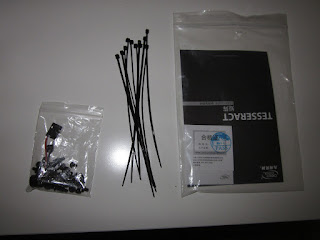I got these keyboards nearly two years ago but only just found my notes on them, thought I'd post it anyway.
G105 Initial Thoughts: It's a rubber dome keyboard, so the keys are a little bit "squishy", but not too bad overall. It has LED backlighting if you want it — the LEDs are not very bright though. Lots of keys for gaming macros or whatever. The position of the keys down the left-hand-side was somewhat annoying at first until I got used to them.
The G105 has survived nearly two years of gaming use without fault, so its longevity seems reasonable. A lot of my other Logitech peripherals have failed at or before this period, so I'm a bit wary of the brand at the moment but this particular keyboard seems okay. The feel of the keys is not really any better than a $20 keyboard, so you have to balance up whether the extra macro keys and backlighting (and potentially the longevity) is worth a $50 keyboard.
K290 Initial Thoughts: Has a fairly hard, angular wedge shape. The bright blue USB cable doesn't look very good. The feel of the press on the "low profile" keys is difficult to get used to. It's difficult to describe, but the keys feel gritty or chalky to press, like you're pushing them through a crumbly layer of dried mud.
Appearance and feel aside, the thing I like least about the K290 is that to use the function keys (F1, F2, etc), you need to hold down the Blue "FN" key. Really awkward when on the vast majority (all?) keyboards the F keys are the default. This is the most difficult thing to get used to when swapping between other keyboards.
While the K290 has worked fine so far, I wouldn't buy it again due to the negatives I found while using it.







